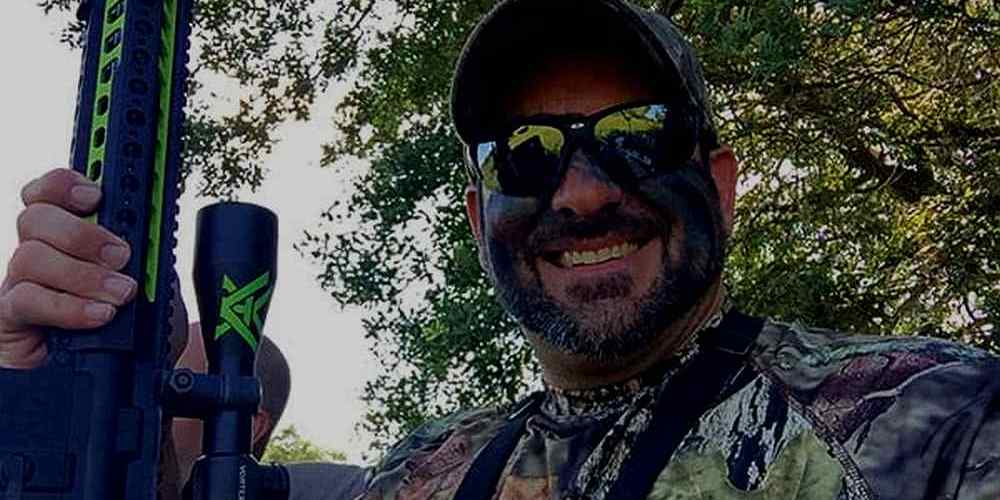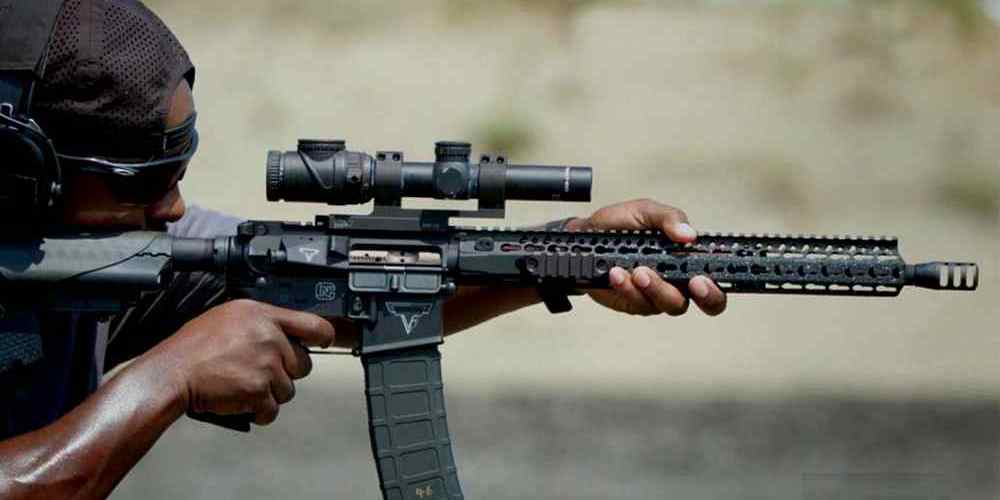The Role of the AR-15 in the Second Amendment Debate
Introduction
The AR-15 rifle has been at the center of heated debates surrounding gun control and the Second Amendment in the United States. This controversial firearm has been involved in numerous high-profile mass shootings, sparking calls for stricter regulations and bans. However, supporters of the AR-15 argue that it is a symbol of American freedom and an essential tool for self-defense. In this article, we will explore the role of the AR-15 in the Second Amendment debate, examining both sides of the argument.
History of the AR-15
The AR-15 rifle was developed by Eugene Stoner in the late 1950s and was later adopted by the U.S. military as the M16 rifle. The semi-automatic civilian version, known as the AR-15, quickly gained popularity among gun enthusiasts due to its modular design and ease of customization. Today, the AR-15 is one of the most popular rifles in America, with millions of units sold each year.
Proponents’ Arguments
Supporters of the AR-15 argue that it is a versatile and reliable firearm that is suitable for a wide range of purposes, including hunting, sport shooting, and self-defense. They point to its lightweight design, ergonomic features, and low recoil as reasons why it is favored by many gun owners. Additionally, proponents of the AR-15 emphasize its role as a deterrent against tyranny and as a means to protect oneself and loved ones from potential threats.
- The AR-15 is highly customizable, allowing gun owners to personalize their firearms to suit their needs and preferences.
- Its modular design makes it easy to maintain and upgrade with aftermarket parts and accessories.
- The AR-15’s semi-automatic action enables quick follow-up shots, making it ideal for self-defense situations.
Opponents’ Arguments
On the other hand, critics of the AR-15 argue that its high rate of fire and large magazine capacity make it a weapon of choice for mass shooters looking to inflict maximum casualties in a short amount of time. They point to incidents such as the Sandy Hook Elementary School shooting and the Las Vegas massacre as examples of how the AR-15 has been used to commit horrific acts of violence. Opponents also raise concerns about the ease with which individuals can obtain an AR-15 and its potential for misuse.
- The AR-15’s rapid rate of fire allows shooters to discharge multiple rounds in quick succession, increasing the likelihood of causing mass casualties.
- Its compatibility with high-capacity magazines means that shooters can fire more rounds without needing to reload, prolonging their ability to inflict harm.
- The AR-15’s widespread availability makes it accessible to individuals who may pose a danger to themselves or others, raising concerns about public safety.
Legal Status and Regulation
In terms of legal status, the AR-15 is classified as a semi-automatic rifle under federal law and is available for purchase by civilians who pass background checks. However, some states have implemented stricter regulations on assault weapons like the AR-15, including bans on certain features such as pistol grips, adjustable stocks, and flash suppressors. These measures are intended to limit the lethality of such firearms and reduce their potential for misuse.
Despite these restrictions, efforts to enact federal bans on assault weapons like the AR-15 have faced opposition from gun rights advocates who argue that such measures infringe upon their Second Amendment rights. The debate over how best to balance public safety concerns with individual liberties continues to be a contentious issue in American politics.
Impact on Society
The prevalence of the AR-15 in American society has had far-reaching implications for public safety and gun violence prevention efforts. Its involvement in numerous mass shootings has fueled calls for stricter gun control measures aimed at curbing access to assault weapons like the AR-15. At the same time, gun rights advocates view attempts to restrict or ban such firearms as an infringement on their constitutional right to bear arms.
Recent studies have shown that states with stricter gun laws tend to have lower rates of gun-related deaths compared to those with more lenient regulations. However, these findings have not deterred staunch supporters of gun rights from pushing back against proposed restrictions on firearms like the AR-15. The debate over how best to address gun violence while upholding individual freedoms remains a complex and divisive issue in American society.
Conclusion
In conclusion, the role of the AR-15 in the Second Amendment debate highlights deep-seated tensions between public safety concerns and individual rights. While supporters tout its versatility and utility for lawful purposes such as hunting and self-defense, opponents raise valid concerns about its potential for misuse in mass shootings. The legal status and regulation of assault weapons like the AR-15 continue to be hotly debated topics in American politics, with no easy solutions in sight.

Ultimately, finding a balance between protecting public safety and upholding constitutional rights will require thoughtful consideration and informed dialogue among policymakers, law enforcement officials, gun owners, and advocates on both sides of the issue. Only through constructive engagement can we hope to address the complex challenges posed by firearms like the AR-15 in our society.



